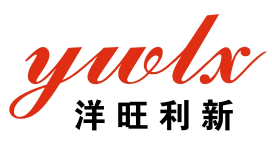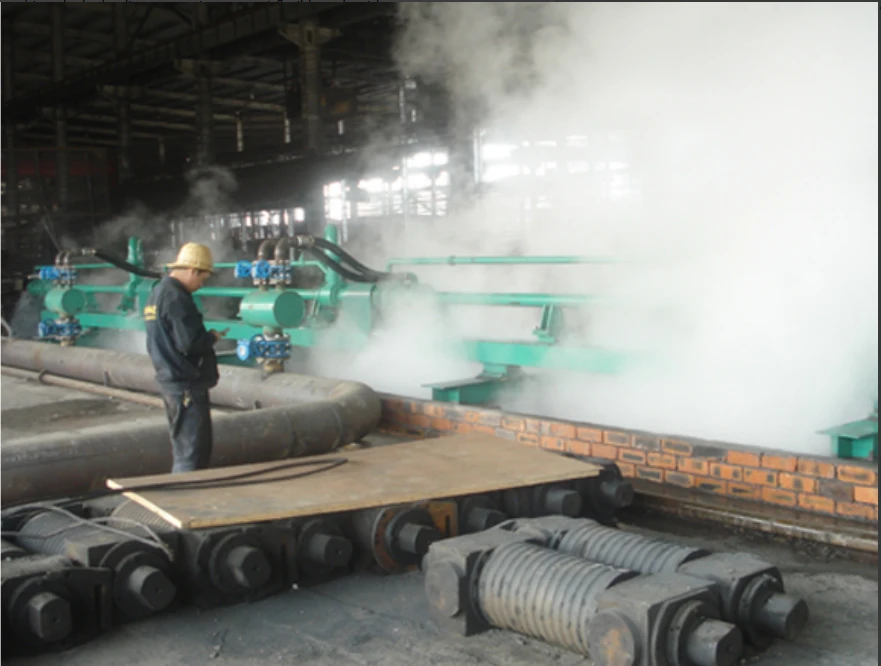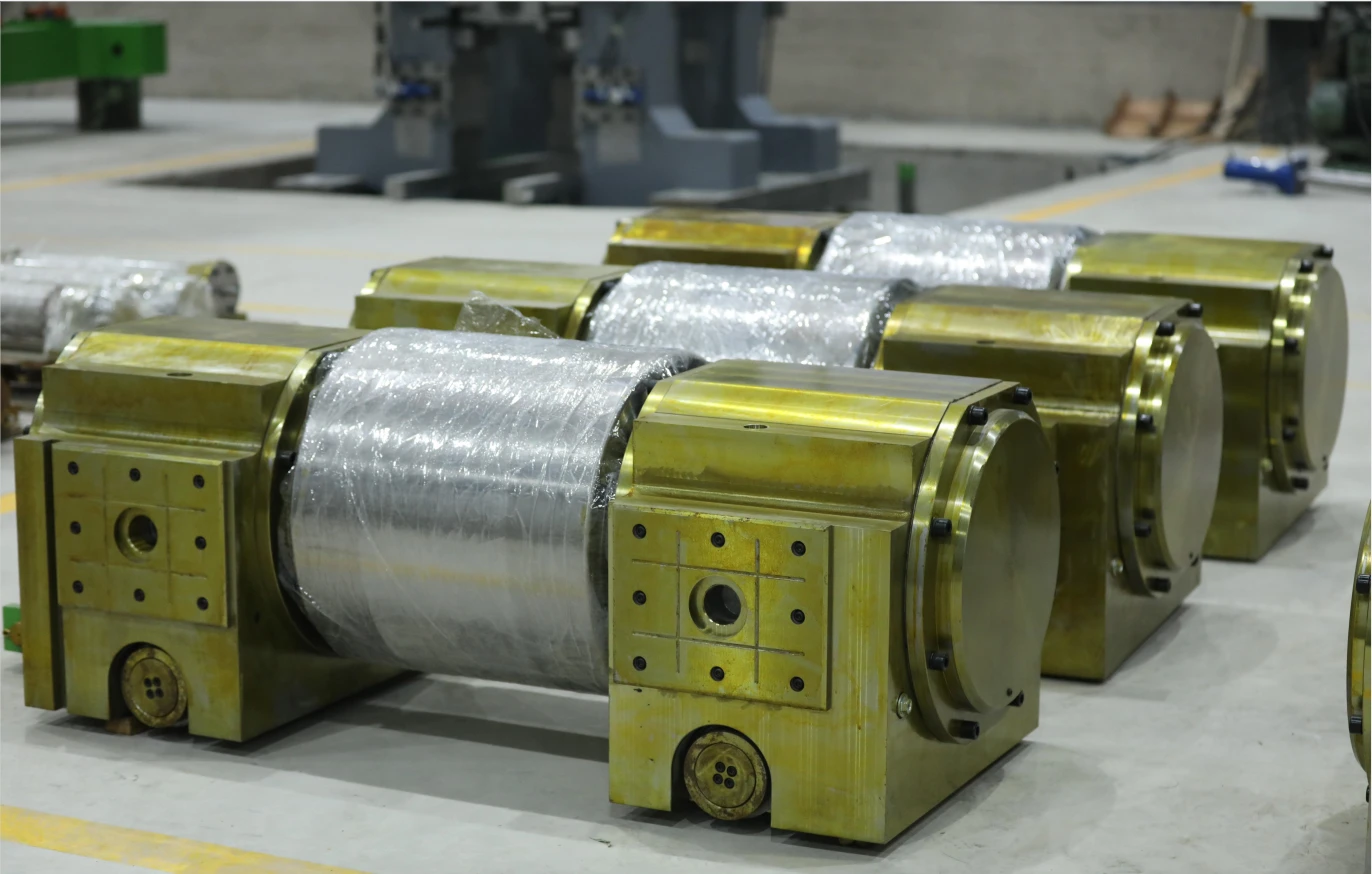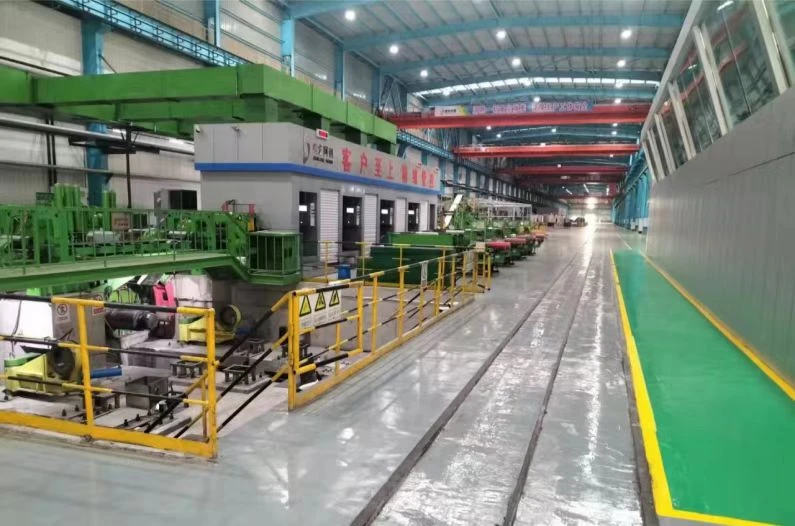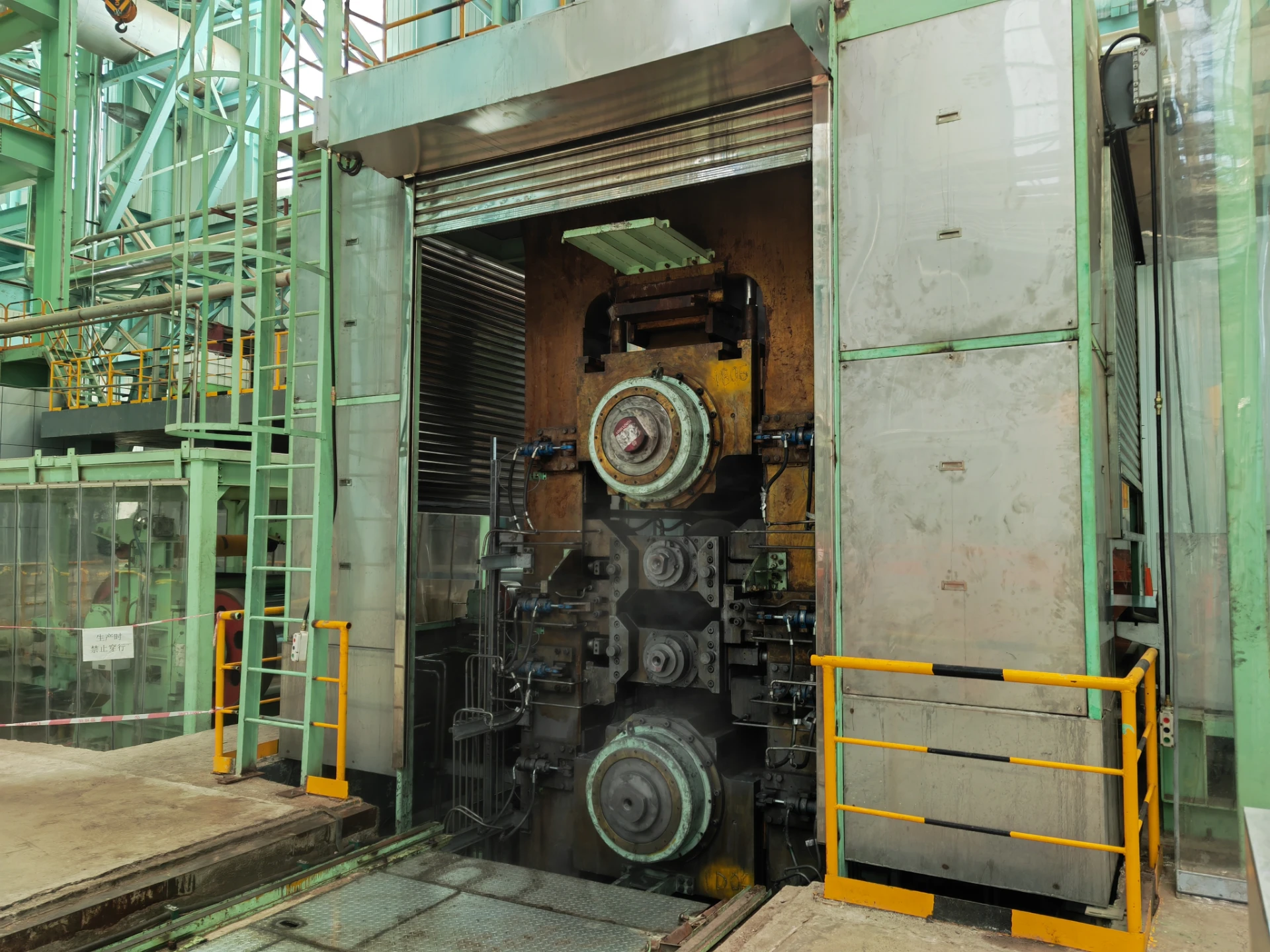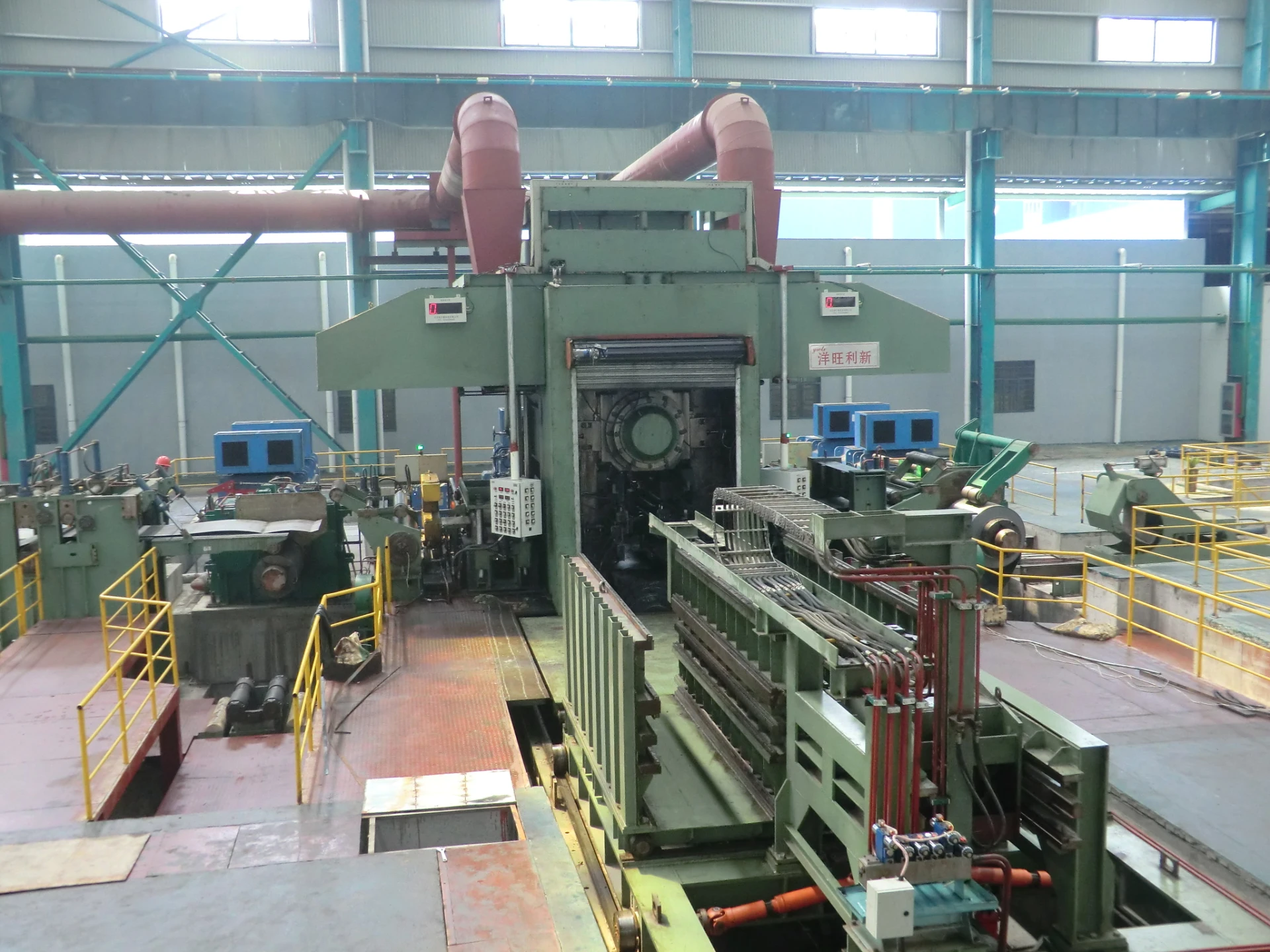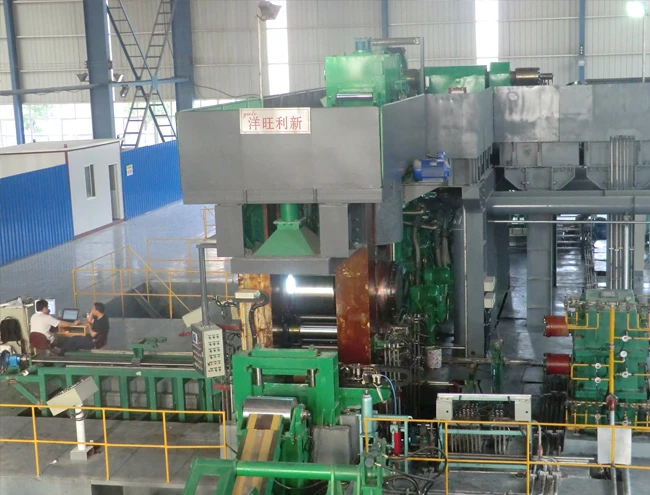
Optimal Temper Rolling Mill for High-Quality Steel
Understanding the Modern Temper Rolling Mill in Advanced Metallurgy
The temper rolling mill, often referred to as a temper pass mill or skin pass mill, is a crucial component in the production of high-quality flat-rolled steel products. Its primary function is to impart specific mechanical properties and surface characteristics to cold-rolled steel strips, making them suitable for demanding downstream applications. This process involves a controlled, light reduction (typically 0.5% to 3%) of the steel strip's thickness, which eliminates yield point elongation (YPE), improves flatness, and enhances surface finish and roughness for subsequent coating or painting processes. The global steel industry is continually evolving, driven by demands for lighter, stronger, and more durable materials, which places increasing emphasis on the precision and efficiency of temper rolling operations. Current trends highlight the integration of advanced automation and real-time control systems to achieve unparalleled consistency and material performance.
The sophisticated engineering behind each temper rolling mill ensures that the final product meets stringent industry standards for formability and aesthetic appeal. This non-reducing rolling process is vital for various sectors, including automotive, appliance, and construction, where the integrity and appearance of steel components are paramount. By carefully controlling parameters such as elongation, rolling force, and surface roughness, manufacturers can tailor the steel's properties to exact customer specifications, thereby reducing material waste and optimizing production efficiency. The expertise involved in designing and operating these mills is critical for maintaining competitive edge in a fast-paced market.
Key Technical Parameters and Specifications of a Temper Pass Mill
Selecting the appropriate temper rolling mill requires a thorough understanding of its technical specifications, which directly influence performance, production capacity, and the quality of the finished steel product. Below is a detailed table outlining typical parameters found in high-performance temper mills, crucial for engineers and procurement specialists to consider. These parameters define the mill's capability to process various steel grades, from common carbon steels to advanced high-strength steels (AHSS), ensuring optimal results for specific application requirements.
| Parameter | Typical Range/Value | Unit | Significance |
|---|---|---|---|
| Mill Type | 2-High / 4-High / 6-High | N/A | Determines stiffness and control over flatness and gauge. 4-high is most common for strip. |
| Work Roll Diameter | Ø400 - Ø1200 | mm | Impacts rolling force distribution, surface finish transfer, and roll life. |
| Max Strip Width | 600 - 2200 | mm | Defines the maximum width of the steel coil that can be processed. |
| Entry Strip Thickness | 0.2 - 6.0 | mm | Range of incoming material thickness that the mill can handle. |
| Elongation Rate | 0.5 - 3.0 | % | Controlled stretching of the strip to eliminate yield point elongation (YPE). |
| Rolling Speed | 200 - 1800 | mpm (meters per minute) | Determines production capacity and throughput. |
| Max Rolling Force | 5000 - 30000 | kN | Indicates the maximum force applied to the strip, affecting reduction and flatness control. |
| Surface Roughness (Ra) Improvement | ~50% reduction from entry | µm | Key for downstream processes like painting and galvanizing. Achieved via textured rolls. |
| Flatness Control System | Work Roll Bending/Shifting, Intermediate Roll Bending | N/A | Advanced systems ensure uniform strip profile and eliminate edge waves or center buckles. |
Understanding these detailed specifications allows for precise configuration of a temper rolling mill to match unique production requirements, optimizing both the process and the final product's quality. Each parameter plays a critical role in achieving the desired mechanical properties and surface finish of the temper mill steel.
Manufacturing Process & Quality Assurance for Temper Mill Steel Production
The robust construction of a modern temper rolling mill is a testament to sophisticated engineering and stringent manufacturing protocols. The core components, especially the work rolls and backup rolls, are typically manufactured from high-alloy forged steel, selected for its exceptional hardness, wear resistance, and fatigue strength. Precision manufacturing processes, including advanced CNC machining, ensure that critical dimensions are held to micron-level tolerances. After machining, rolls undergo specialized heat treatments, such as induction hardening and tempering, to achieve the required surface hardness (e.g., HRC 60-65) and core toughness. This meticulous process extends the rolls' lifespan and maintains consistent surface properties for the rolled steel.
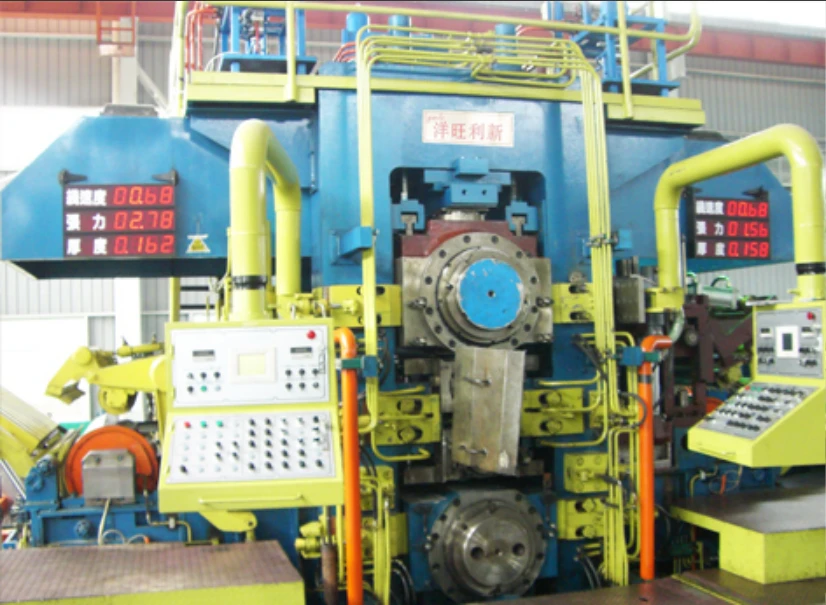
Quality control is integrated at every stage, from material sourcing to final assembly. Non-destructive testing (NDT) methods like ultrasonic and magnetic particle inspection are routinely applied to detect any internal flaws in forged components. Dimensional checks using coordinate measuring machines (CMM) ensure precision for all mating parts. Adherence to international standards such as ISO 9001 for quality management systems and ANSI for mechanical components guarantees the reliability and performance of the mill. These mills are engineered for an extensive operational lifespan, typically exceeding 20-30 years with proper maintenance, ensuring a strong return on investment for industries such as petrochemical, metallurgy, and water supply/drainage.
In typical application scenarios, such as steel processing lines for automotive body panels, the precise control offered by our temper rolling mill significantly contributes to energy savings by optimizing roll force and speed, reducing operational costs. Furthermore, the ability to produce highly flat and consistently textured temper mill steel minimizes post-processing requirements and enhances the corrosion resistance of coated products, providing superior durability in challenging environments. The combination of robust design, advanced materials, and precise manufacturing makes these mills a cornerstone of modern steel production.
Applications and Technical Advantages of a Temper Rolling Mill
The versatility of the temper rolling mill extends across various high-stakes industries, driven by its unique ability to refine the mechanical properties and surface quality of steel. In the automotive sector, temper-rolled steel is indispensable for creating lightweight yet robust body structures and external panels, where consistent formability and excellent surface finish are critical for painting and stamping operations. For appliance manufacturers, the precise texture imparted by the temper pass mill ensures superior adhesion for enamels and coatings, contributing to the aesthetic appeal and longevity of white goods. In the construction industry, particularly for structural components and roofing, improved flatness and mechanical consistency derived from temper rolling enhance the overall structural integrity and ease of fabrication.
The primary technical advantages include the elimination of yield point elongation (YPE), which is a critical characteristic for preventing stretcher strains during subsequent forming operations. This ensures uniform deformation and prevents surface defects, which is crucial for visible parts. Furthermore, temper rolling significantly improves the strip's flatness, often achieving an I-unit value of less than 10, vital for high-speed processing and assembly. The ability to precisely control surface roughness (Ra value) and peak count (PC) allows for optimal adhesion of protective coatings, enhancing corrosion resistance and overall product lifespan. Customer feedback consistently highlights the improved workability of temper mill steel, leading to reduced scrap rates and higher production yields in their stamping and forming operations. Our solutions have consistently helped clients achieve tighter tolerances and superior product quality, validated by their reduced post-processing efforts and enhanced market competitiveness.
Customized Solutions and Leading Expertise in Temper Mill Steel Technology
Recognizing that each steel processing operation presents unique challenges, we specialize in delivering highly customized temper rolling mill solutions. Our engineering team collaborates closely with clients to assess specific requirements, including production capacity, material grades, desired surface finishes, and integration with existing processing lines. Whether it's a compact stand-alone unit for specialized applications or a high-speed mill integrated into a continuous processing line, our expertise ensures a tailored fit. Our solutions leverage decades of experience in metallurgical machinery, offering advanced control systems such as Automatic Gauge Control (AGC) and Automatic Flatness Control (AFC) to guarantee consistent output quality regardless of upstream variations.
Our company has been a trusted partner in the metallurgical industry for over 25 years, providing cutting-edge solutions certified by international bodies like ISO 9001 and CE. Our strategic partnerships with leading automation and control technology providers, such as Siemens and Rockwell Automation, ensure that our mills are equipped with the most reliable and advanced systems available. We pride ourselves on our authoritative position as a solution provider, backed by extensive research and development, and a proven track record of successful installations globally. This commitment to innovation and quality means that our temper pass mill solutions are not only robust and efficient but also adaptable to future industry demands.
Application Cases and Enhanced Performance with Temper Rolling Mill Technology
The impact of a high-performance temper rolling mill is best illustrated through its practical applications and the measurable improvements it brings. For instance, in a large-scale integrated steel plant, the deployment of our advanced temper mill enabled a 15% reduction in scrap rates during subsequent stamping operations for automotive panels due to enhanced flatness and elimination of yield point elongation. This led to significant cost savings and increased material utilization. Another example involves a specialized manufacturer of pre-painted steel for household appliances, where the consistent surface roughness imparted by our mill resulted in a 20% improvement in paint adhesion and a noticeable reduction in paint consumption, thereby enhancing product durability and aesthetic quality.
These tangible results underscore the critical role of precision temper rolling in modern manufacturing. Our solutions are designed to address the specific pain points of our clients, from improving process efficiency to elevating final product quality. The technical data gathered from these projects consistently demonstrates the superior performance of our temper rolling mill in terms of consistent mechanical properties, minimized material defects, and optimized throughput. This dedication to achieving measurable improvements is why our temper mills are a preferred choice for companies committed to excellence in their steel production lines.
Frequently Asked Questions (FAQ) about Temper Rolling Mill
Q1: What is the typical elongation rate applied during temper rolling?
A1: The typical elongation rate applied by a temper rolling mill ranges from 0.5% to 3.0%, depending on the steel grade and the desired final properties. This controlled stretching is crucial for eliminating yield point elongation (YPE) and achieving optimal flatness without significant reduction in thickness.
Q2: How does a temper mill improve the surface finish of steel?
A2: A temper rolling mill improves surface finish by transferring the finely textured surface of its work rolls onto the steel strip. This process, often referred to as "skin passing," creates a uniform and controlled surface roughness, optimizing the steel for subsequent coating, painting, or galvanizing processes, which is vital for temper mill steel.
Q3: What are the key factors influencing the delivery cycle of a custom temper mill?
A3: The delivery cycle for a custom temper rolling mill is influenced by several factors, including the mill's complexity (e.g., 2-high vs. 4-high, level of automation), component lead times, and specific customization requirements. Typically, from design finalization to factory acceptance testing, the process can range from 12 to 24 months. Our project management team provides detailed timelines upfront to ensure transparency.
After-Sales Support and Warranty for Your Temper Rolling Mill
Our commitment to our clients extends far beyond the initial installation of a temper rolling mill. We offer comprehensive after-sales support designed to ensure optimal performance and longevity of your investment. This includes a standard warranty period of 12-24 months from commissioning, covering manufacturing defects and ensuring reliable operation. Our dedicated customer support team is available 24/7 for technical assistance, troubleshooting, and spare parts procurement. We maintain a robust inventory of critical spare parts to minimize downtime and ensure prompt delivery.
Furthermore, we provide on-site technical training for your operational and maintenance personnel, empowering your team to effectively manage the mill's advanced systems. Regular maintenance checks and performance optimization services are also available as part of our long-term support packages. Our aim is to build lasting partnerships, offering peace of mind and continuous operational efficiency for every temper pass mill we deliver, reinforcing our commitment to trustworthiness and client success.
References
- Smith, J. A. (2021). Advanced Processes in Cold Rolling of Steel. Metallurgical Society Publications.
- Jones, B. C. (2020). Surface Engineering and Tribology in Metal Forming. Materials Science Institute.
- Miller, D. L. (2019). Flatness Control in High-Speed Steel Strip Production. Journal of Manufacturing Technology.
- Davis, R. P. (2022). Innovations in Rolling Mill Automation and Control Systems. International Conference on Metal Forming.
-
Indian Clients Visit YWLX to Inspect Skin-pass MillNewsJun.22,2025
-
Typical Products from Reversing Cold Rolling ProcessNewsMay.26,2025
-
Surface Finish Improvement through Skin Pass RollingNewsMay.26,2025
-
Integration of AGC Systems in Modern Cold Rolling MillsNewsMay.26,2025
-
Cold Rolling in the Context of High-Strength Steel DemandNewsMay.26,2025
-
AGC in Hot Rolling Mills: Challenges and SolutionsNewsMay.26,2025
-
Why Reversing Cold Rolling Mills Are Ideal for Specialty MetalsNewsMay.13,2025


